Rogers Collection treasures the long working relationship we have with Bauma, our producer of Garrotxa IGP. In celebration of the recently awarded IGP status for Garrotxa cheese, which is the culmination of a 22-year effort on behalf of ACREFA – Association Catalan de ramaders I elabradors de Formatge artesa (association of Catalan cattle breeders and artisan cheesemakers) and David Blanco, the current owner of Formatge Bauma, we wanted to share Bauma’s story and highlight contributions to the preservation and proliferation of traditional artisanal Garrotxa cheese.
But before we dive into that, it is important to touch on the unique historical constraints that have shaped what is now the modern Spanish cheesemaking landscape.
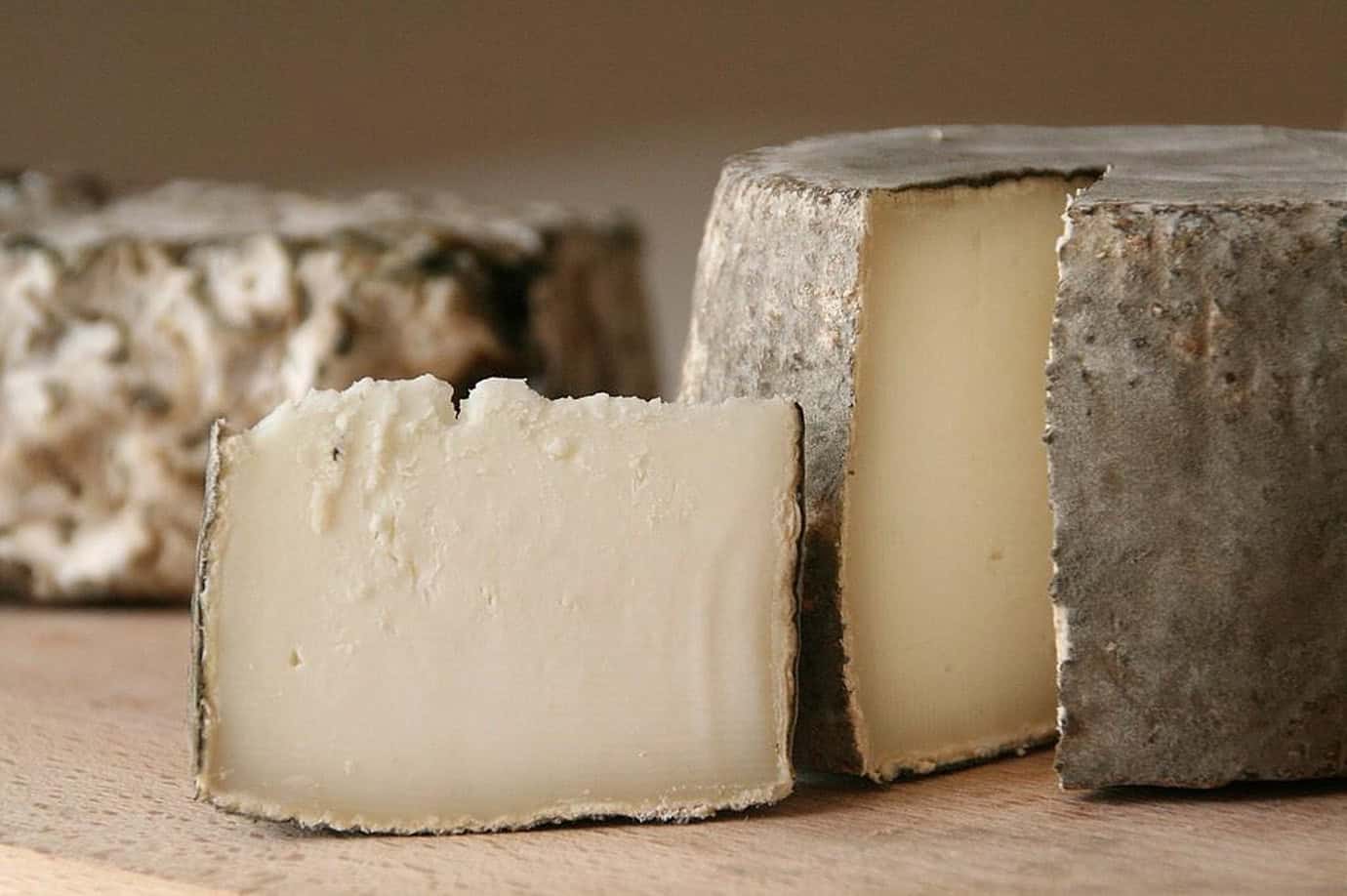
Historical Constraints on Spanish Cheesemaking
Spain has a rich and vast array of cheeses expressive of the intensely varied landscapes and
Indigenous ruminant breeds make up this geographically and climatically diverse country. However, this diversity is often not aptly captured in the Spanish cheeses sold in mass to export markets such as the United States. Why is this? Beyond the logistical constraints of pre-modern Spain that kept the more delicate and soft cheeses within their region for local consumption only, the country experienced a political regime that vastly changed the course of Artisanal cheese production and proliferation.
For almost forty years, under the rule of Francisco Franco, to gain economic power the focus became quantity and scale rather than quality in food production. Quotas were established as a requirement to sell your cheeses in the market, and these thresholds were unattainable for artisanal producers to uphold thus, small-scale cheesemaking effectively went underground during this era. Even more tragic, many Spanish cheese types died out during this period (as many as eighty might have gone extinct according to some estimates) or took refuge in remote corners of the country.
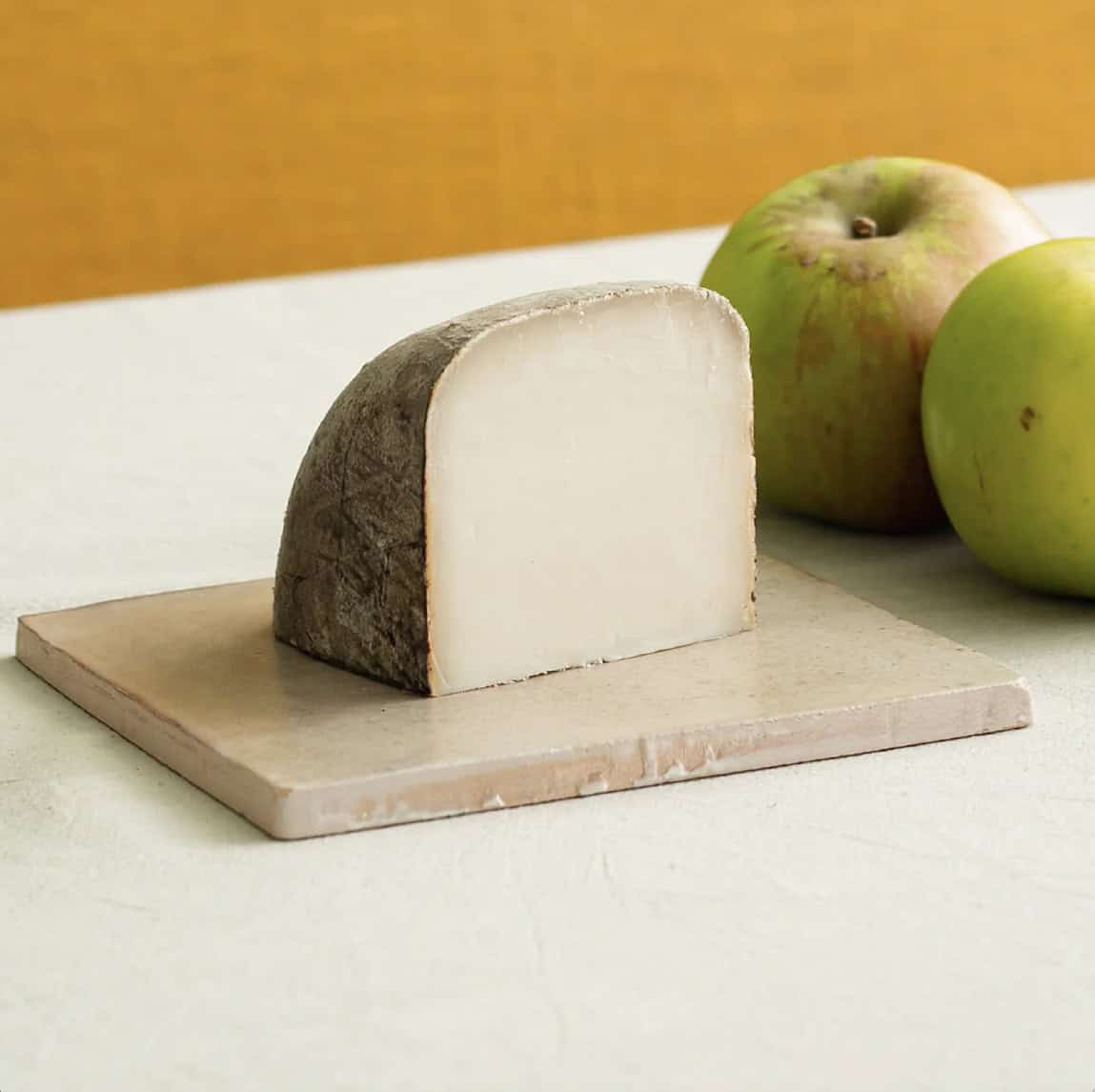
The Bauma Story
Now back to Bauma!
The name Bauma refers to a farmhouse located in Olvan, in the Baix Berguedà. In 1979 a group of seven young like-minded people from a nearby city decided to leave the city life behind and return to the land to live and work in the countryside on this humble property. They started with a few goats making soft, fresh cheeses. After a few years, in 1986, one of these young people, Toni Chueca, settled in La Solana de Borredà, where he acted as master cheesemaker for Formatges Bauma until he sold his dairy to one of his milk farmers, David Blanco, in 2017.
Toni became curious about indigenous cheese styles and decided he would be part of a movement to resurrect a native Catalonian cheese, Garrotxa. Here is where many influential figures both Spanish cheese culture as well as direct colleagues of Rogers Collection all intersect.
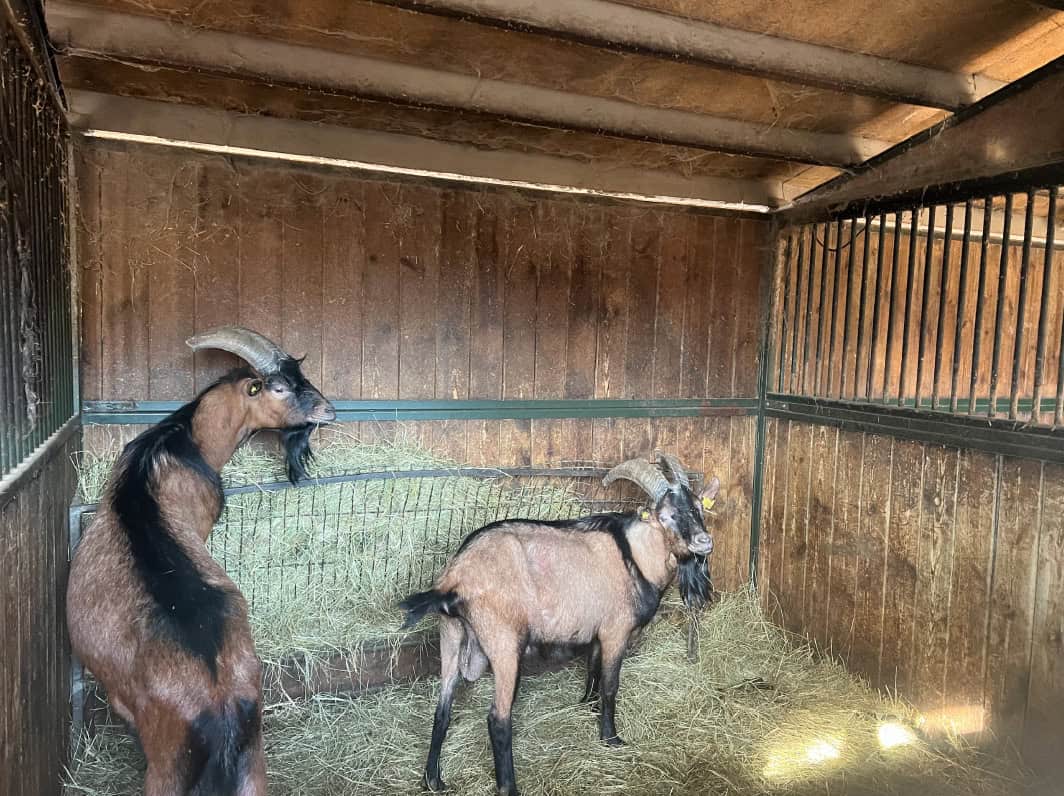
Garrotxa’s Resurrection
Toni sought out the help of Enric Canut and Mariano Sanz, whose vision and dedication helped resurrect much of the artisanal cheese culture that was lost under Franco. During the mid-1980s Sanz and Canut set up an Association in defense of artisan cheese and traveled the length and breadth of Spain in search of undiscovered jewels. The report they submitted to the Ministry of Agriculture cited no less than 89 products, of which the authorities were aware of only thirty-two. True food heroes, Sanz and Canut are credited with rescuing many Spanish cheeses from almost certain extinction. One of their success stories was the rebirth of Garrotxa. This ripened goat’s cheese had once been made around Sant Miquel de Campmajor in the Catalan Pyrenees but had been cast into obscurity until two young livestock farmers took up the tradition again – with the help of Sanz and Canut. One of these young farmers was indeed Toni Chueca. The resulting cheese was an instant classic and there are now 12 dairies in the region making Garroxta IGP.
An interesting aside, Rogers Collection continues to lean on the Sanz family for their wise and inciteful firsthand knowledge of the exciting and diverse Spanish artisanal cheese landscape.
For a few years, La Bauma kept a small herd of goats, but over time prioritized making cheese Toni Chueca decided not to have his own herd and instead decided to source his milk from two local farmers who offered him enough guarantees of quality and service, Carles Soler (no longer involved with Bauma project) and David Blanco.
Then in 2017, as Toni set his sights on retiring, his trusted local farmers, Carlos, and David decided to approach Toni and see about acquiring Formatges Bauma upon his retirement. This move marks a full circle moment for Formatge Bauma which has now returned to its beginnings as a farmstead producer, currently making all its goat and buffalo milk cheeses from its animals.
The quality of the cheese is ensured as they are now able to control every aspect from the pasture all the way to your plate; Toni Chueca stayed on for a period to share his vast knowledge and experience in the make room with David before officially handing over the operation. Now he can personally control the feeding of the flocks; cultivating and selecting all the feed, and he can uphold an elevated level of animal welfare and strict health controls, which in turn, has allowed the raw material to make a qualitative leap. In his new model, all the milk is transformed into cheese within 24 hours of extraction.
This lovely succession story is not quite over. In addition to taking over the Bauma dairy and cheesemaking operation, David also carried on the work that Toni started to obtain IGP status for Garrotxa and to distinguish further the artisanal traditional production methods that are in some cases being supplanted by more industrialized methods and practices.
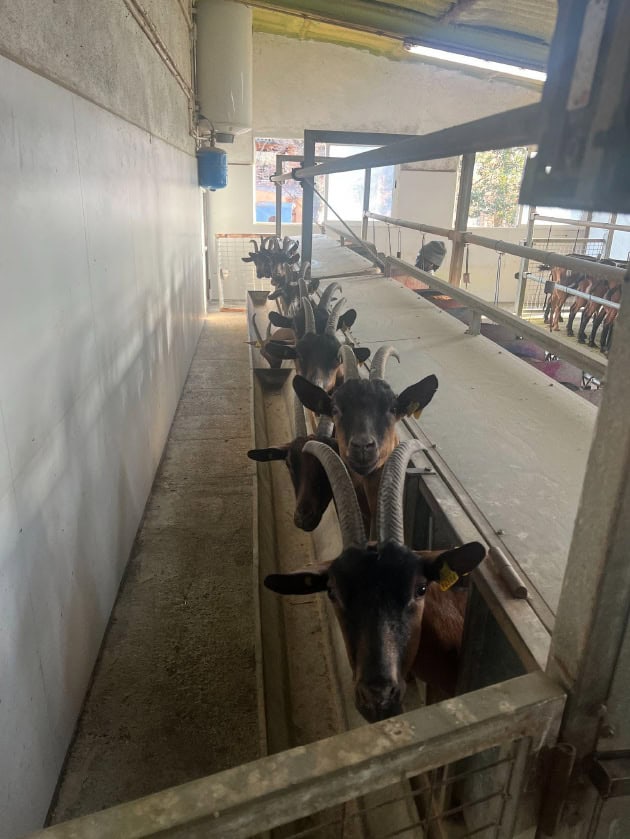
This monumental achievement recognizes that true artisanal cheese must be made by hand. There are thirteen Garrotxa producers within the IGP, all based in Catalonia. “Garrotxa” derives from the region: “La Garrotxa” in Spain. In La Garrotxa, a unique penicillium mold is naturally present blooms on the surface of the cheese, and forms the characteristic fuzzy gray rind. IGP certification helps protect the authenticity of Garrotxa cheese, safeguarding the traditional methods and unique characteristics. Now, with the IGP in place, Garrotxa IGP protects the origins and terroir of this storied cheese and prevents imitations crafted elsewhere from using this name on the label. This IGP designation for Garrotxa was established to uphold the traditions and quality of these cheeses, protect them from imitations
and ensure their continued legacy.
Though Bauma is a IGP producer of Garrotxa, they additionally choose to go above and beyond these already strict standards to produce the most authentic expression of Garroxta they possibly can.
Bauma’s Unique Process
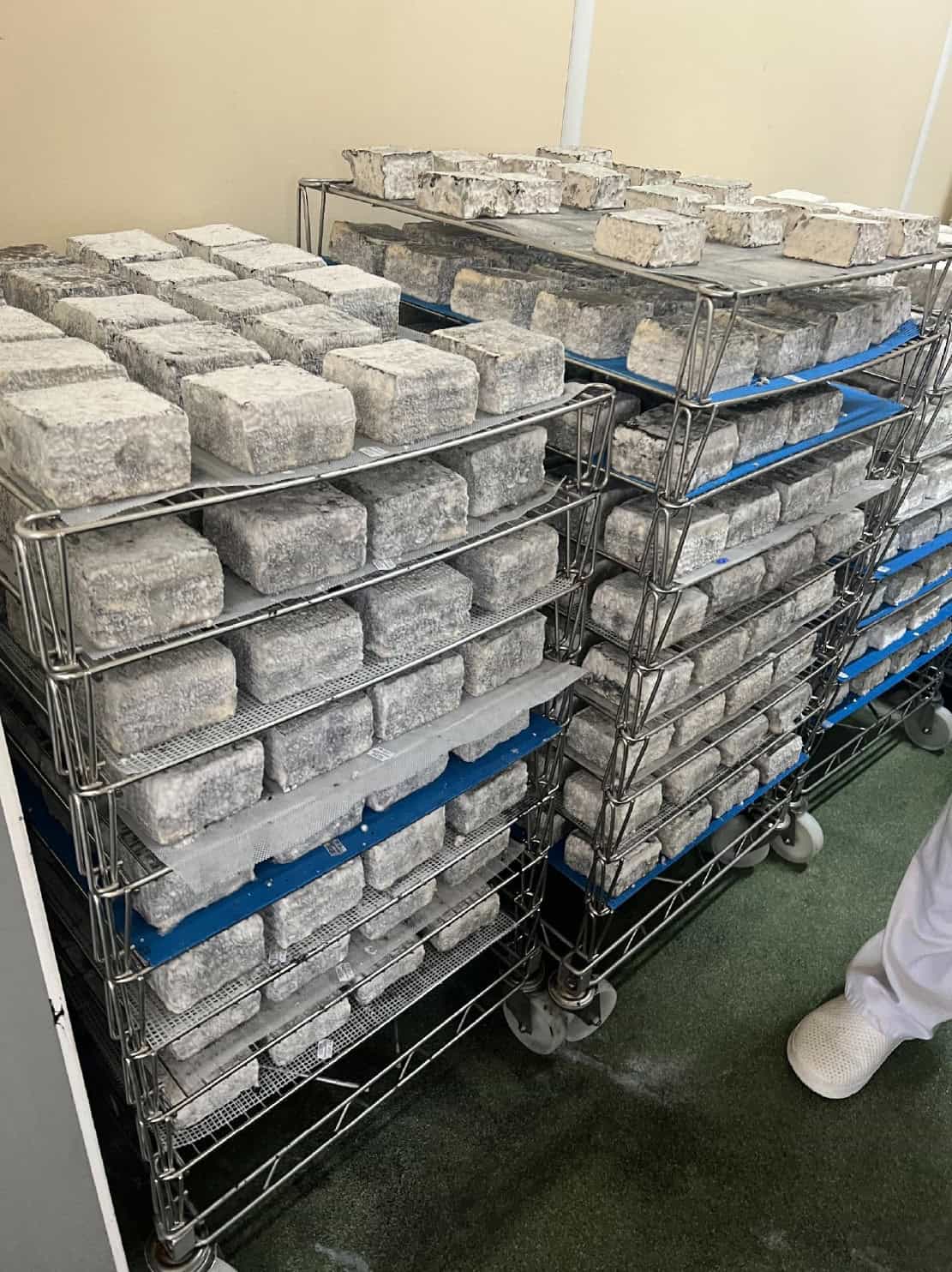
Unlike other producers, Bauma does not press its cheeses.
Instead, they let them drain naturally in boxes by turning them upside down. Bauma’s Garroxta cheese is solely made, turned, and salted by hand.
Bauma’s mission is to “promote the activity of our associates and spread the knowledge and culture of artisanal and Catalan cheese so that it reaches as many people as possible.”
Legacy and Awards
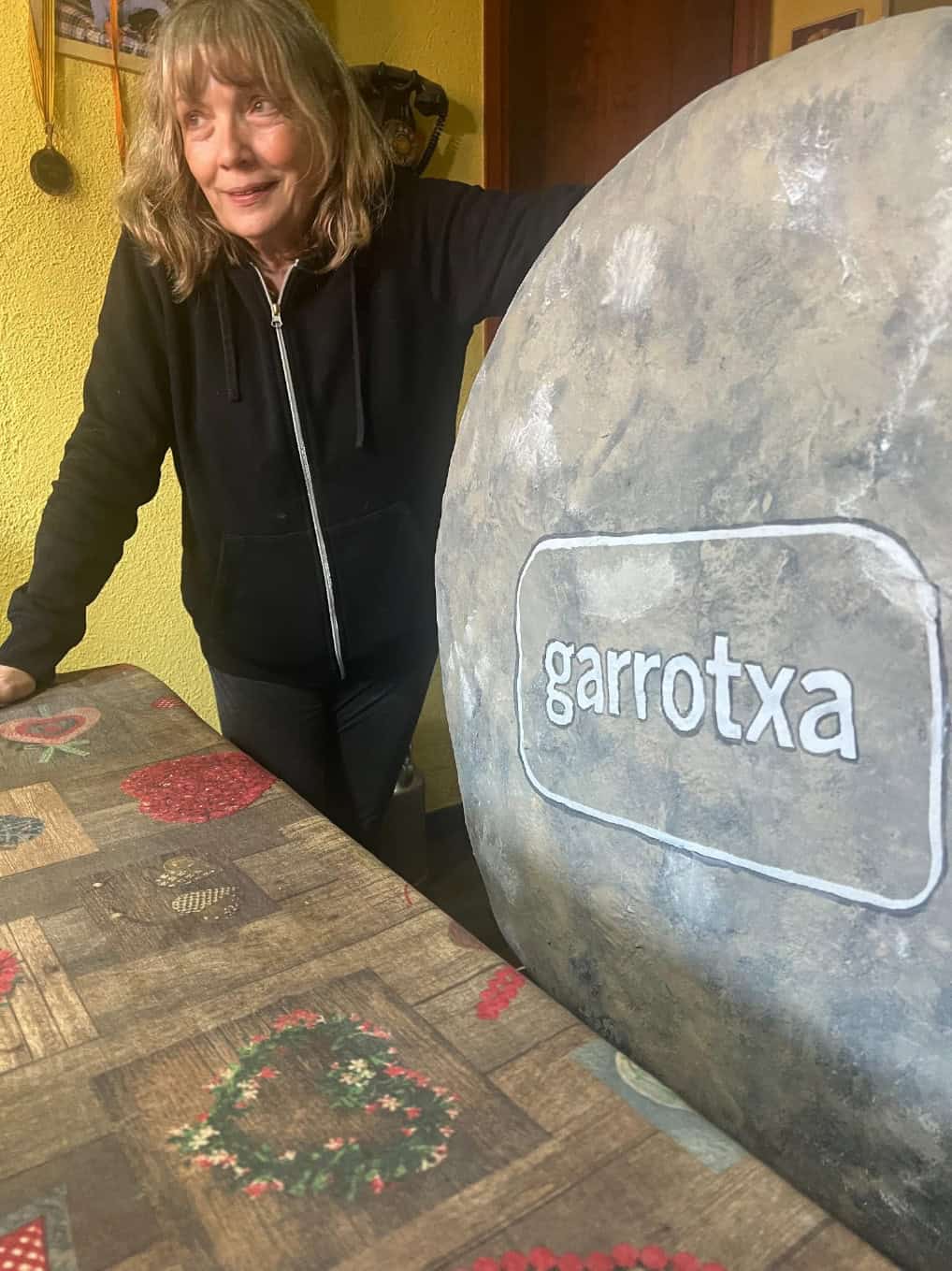
Bauma’s exceptional quality and adherence to tradition have not gone unnoticed. In 2018, Bauma won the first-ever Garrotxa competition and, in 2023, received another prestigious award in Catalonia, LA SEO DE URGEL, for cheeses from the Pyrenees.
Conclusion
‘Cada queso es un pueblo’ (every cheese is a people) is a saying of the aforementioned Spanish cheese hero and champion, Mariano Sanz. What he means is that each cheese is a perfect expression of Spain’s cultural, climatic, and geographical diversity. For Garrotxa IGP, it is hard to find a more apt preservation and elevation of this indigenous gem than the fuzzy, semi-firm wheels crafted by hand by David Blanco at Bauma. Though there is no shortage of Spanish cheeses available in the US market, it can still be quite hard, even at the best counters, to find gems such as these that are true expressions of the craftmanship and legacy of small-scale artisanal cheesemaking in Spain. Though not the norm, these jewels are easily swallowed up in the sea of more industrialized Spanish cheeses whose price points may be tempting, but we urge you to seek out and champion these true tastes of Spanish innovation and terroir, which are sure to captivate your tastebuds and imagination.
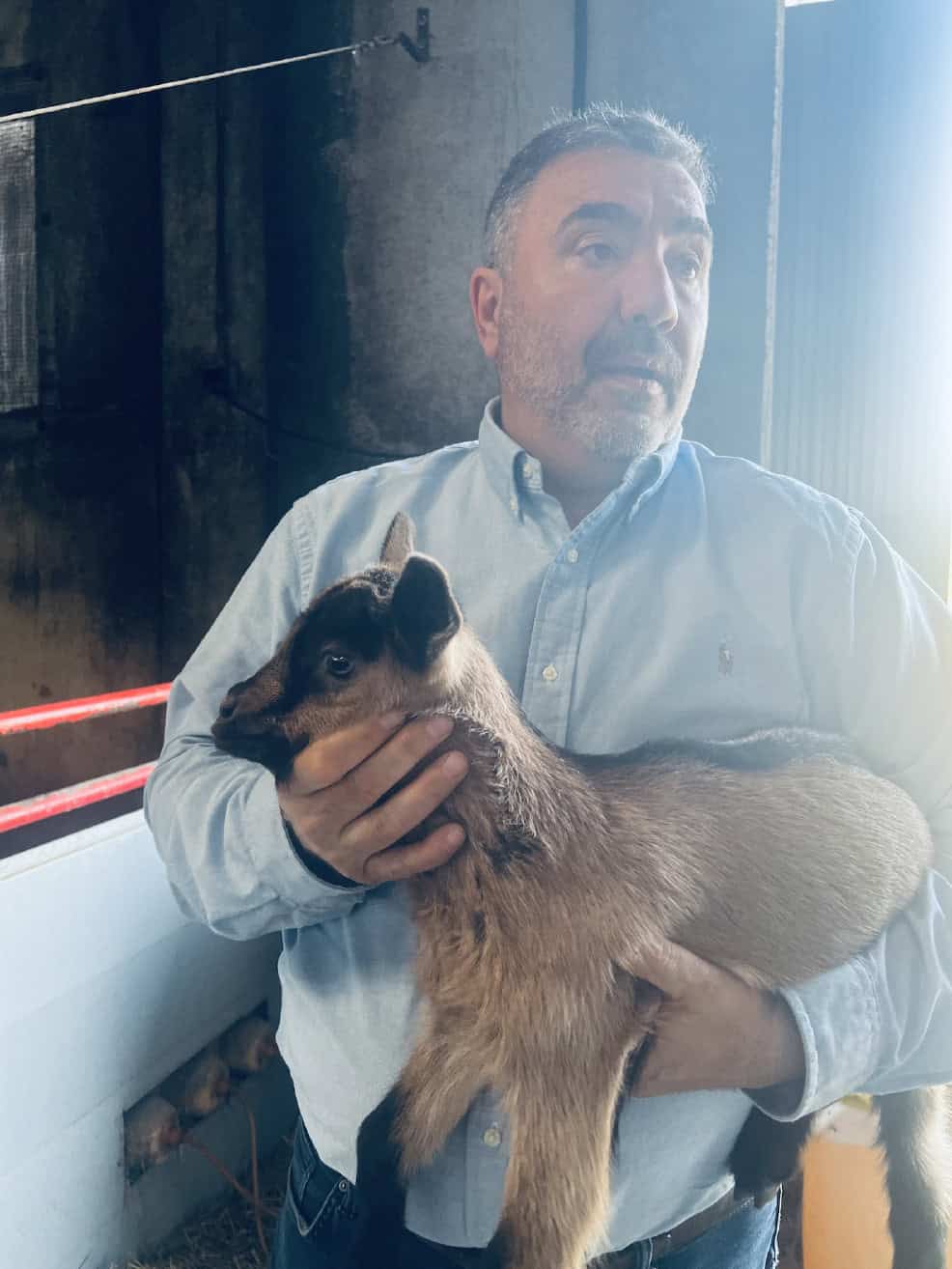
Written By: Burns, et al.